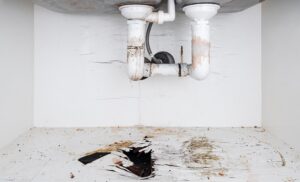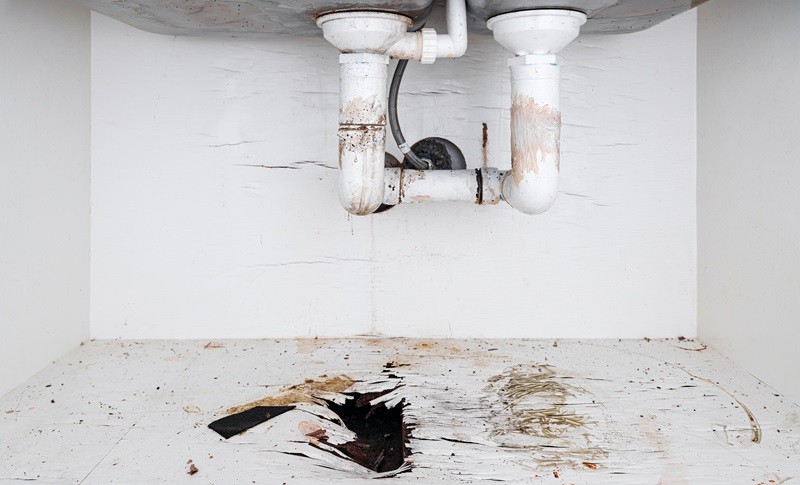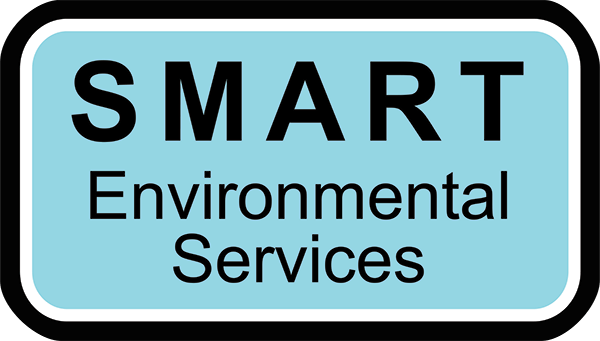
As temperatures drop, water mitigation becomes a concern for homeowners for several reasons. Water damage can occur due to weather shifts, flooding, frozen pipes, and ice dams, leading to costly repairs and health hazards like mold growth. The problem often increases when hidden moisture leads to long-term damage, making it crucial to address any signs of water intrusion immediately with professional water mitigation.
Why Water Mitigation is Important
Water damage can wreak havoc on homes, leading to a cascade of problems that extend far beyond the initial leak or flooding, which is why it’s important to have a water mitigation plan. Structural integrity may be compromised as water seeps into walls, flooring, and foundations, weakening materials and promoting rot. This not only jeopardizes the safety of your home but also creates an ideal environment for mold growth, which can pose serious health risks to occupants. Water damage can also ruin personal belongings, from cherished family photos to essential appliances.
How Water Damage Occurs in Cold Weather
In colder weather, the risk of pipes freezing and bursting becomes a major concern. When water freezes, it expands, which can put immense pressure on your plumbing. Additionally, ice dams can form on your roof, preventing melting snow from draining properly which can cause leaks into your home. Weather shifts such as heavy snowfall or sudden thaws can lead to localized flooding, especially if drainage systems are blocked or overwhelmed.
To avoid potential water damage this winter, there are several proactive steps you can take:
- Insulate Pipes: Use foam insulation or heat tape on pipes, especially those in unheated areas, to prevent freezing.
- Clear Gutters and Downspouts: Ensure your gutters are free of leaves and debris to prevent ice dams from forming and causing water to back up.
- Seal Windows and Doors: Check for gaps and cracks that can let in cold air, which may lead to freezing pipes.
- Maintain a Consistent Temperature: Keep your home’s thermostat set at a consistent temperature, especially during extremely cold spells.
These and other prevention techniques will help reduce potential water damage this winter.
Your Water Mitigation Experts
When water damage does occur, it’s essential to act quickly. That’s where SMART Environmental Services comes in. Our team specializes in water mitigation, providing comprehensive solutions to minimize damage and restore your property. From water extraction and structural drying to mold remediation, we’re equipped to handle water mitigation efficiently. Contact SMART Environmental Services to help you tackle any water-related emergencies, and together we can ensure your home remains safe and dry all season long.
Posted in Water Mitigation

